Taking care of what makes it go
Sun Mar 08, 2020 3:04 pm
Working to keep the power plants going and the planes flying.
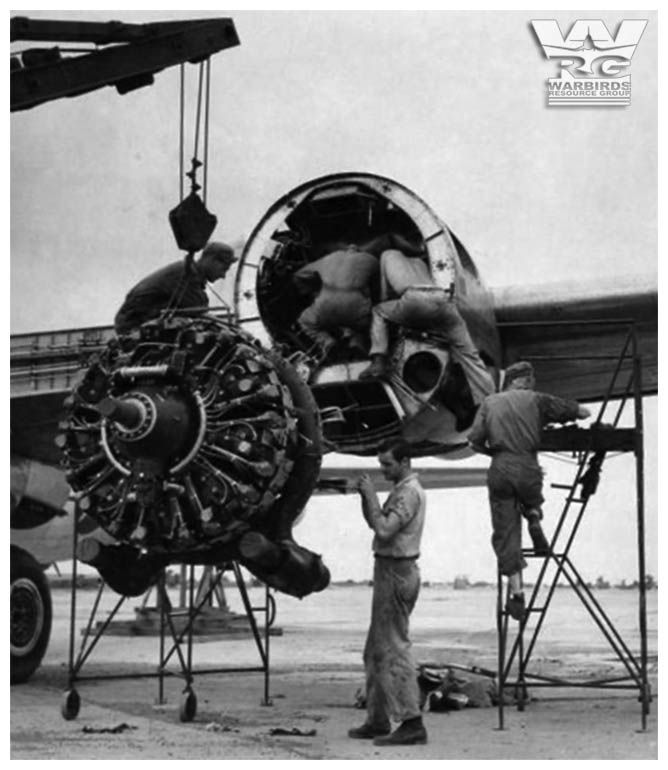
B-29 Superfortress undergoing engine maintenance
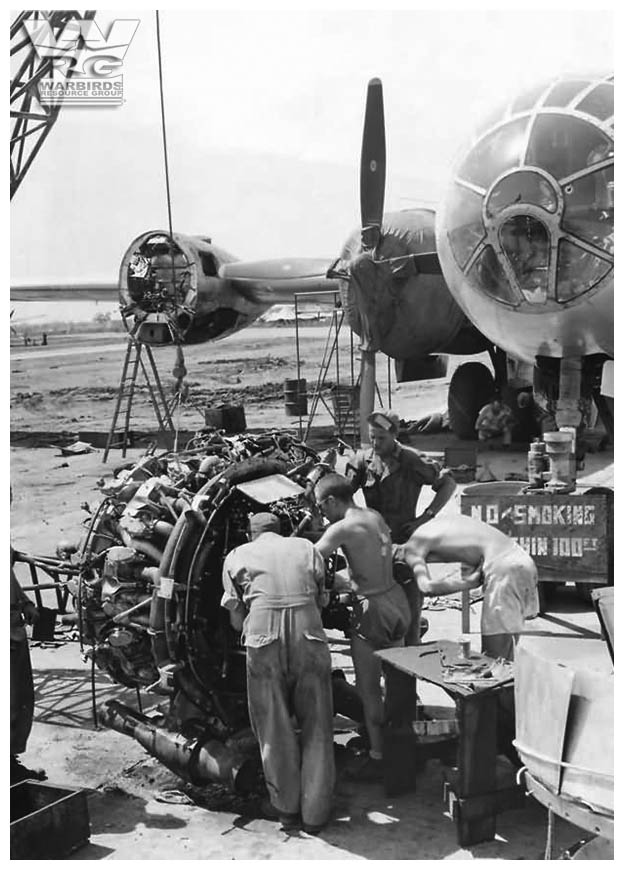
B-29 Superfortress undergoing engine maintenance
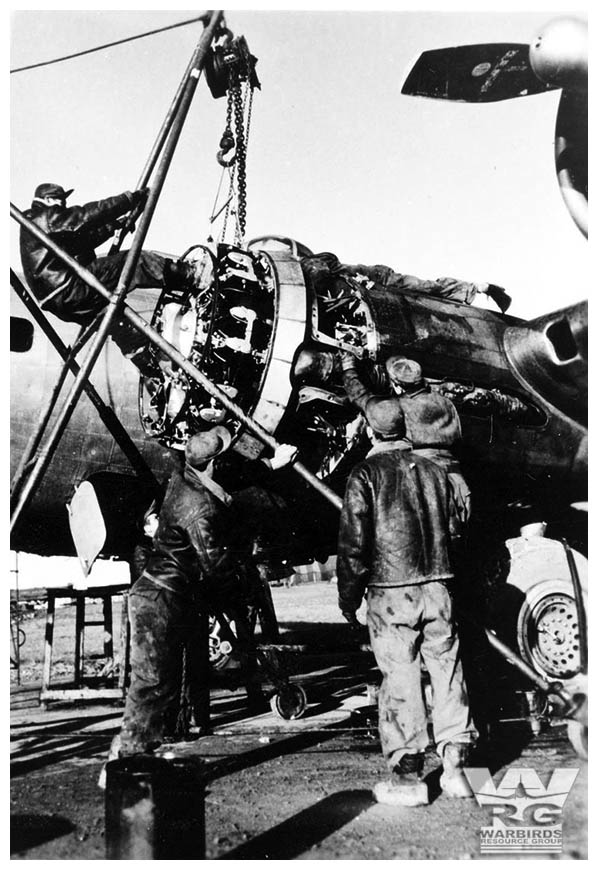
B-17 Flying Fortress undergoing engine maintenance.
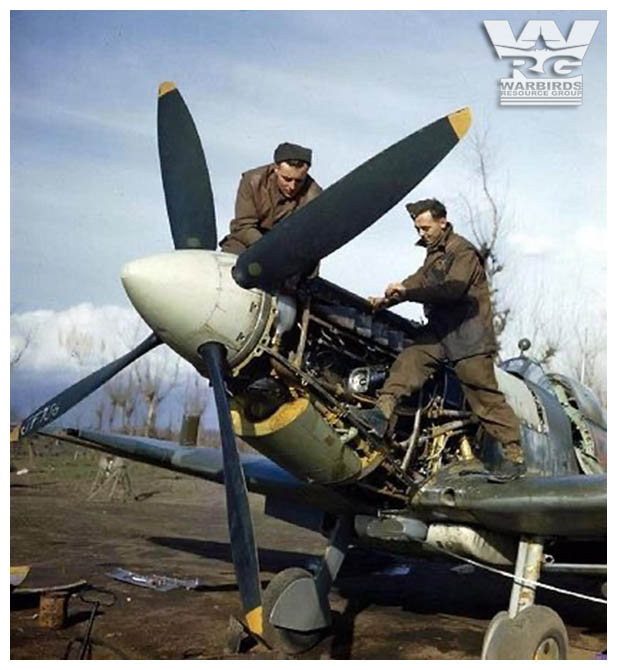
Aircraftsman Jim Berkett and Leading Aircraftman Wally Passmore working on a Spitfire's Merlin engine.
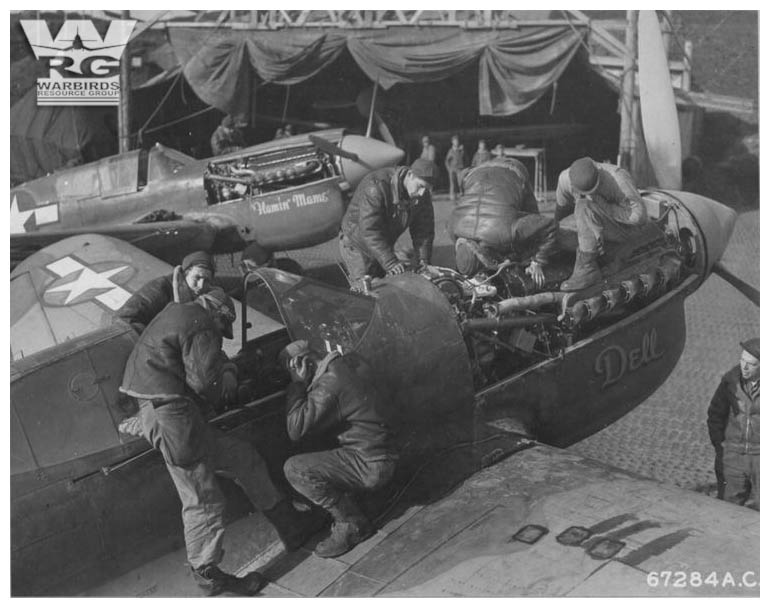
P-40 Warhawks being service at Amchitka, Al;eutioan Islands, October 12, 1943. (Source: U.S.A.F. Photo)
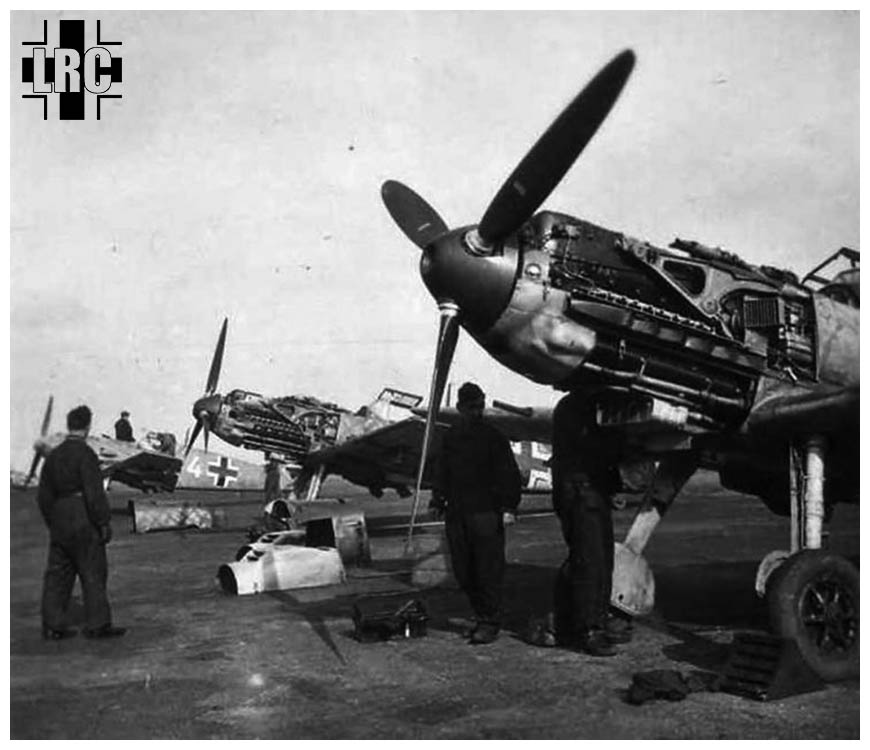
Messerscmitt Bf 109s having there powerplants serviced.
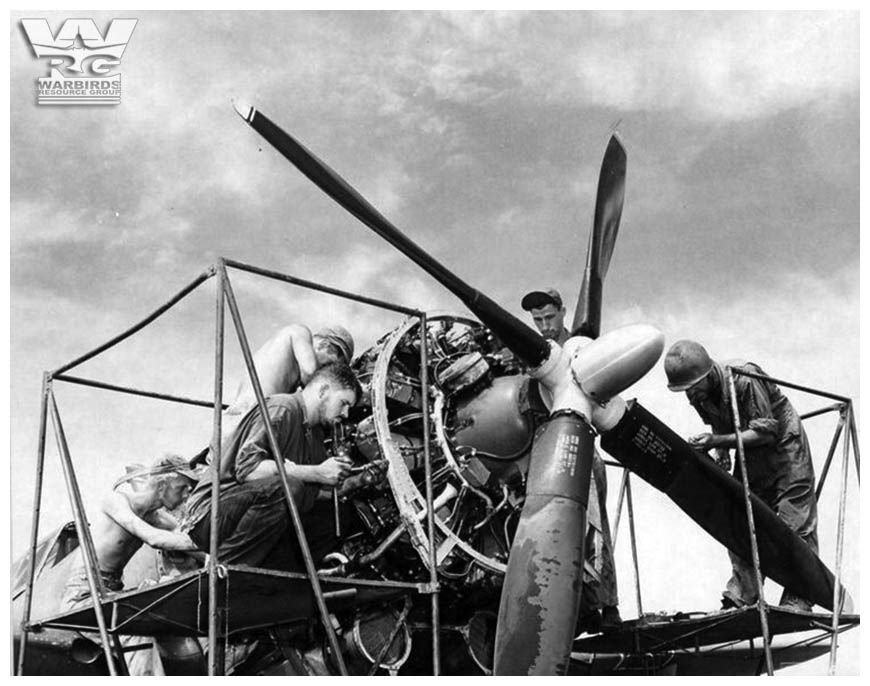
P-47 Thunderbolt with it's powerplant being serviced.
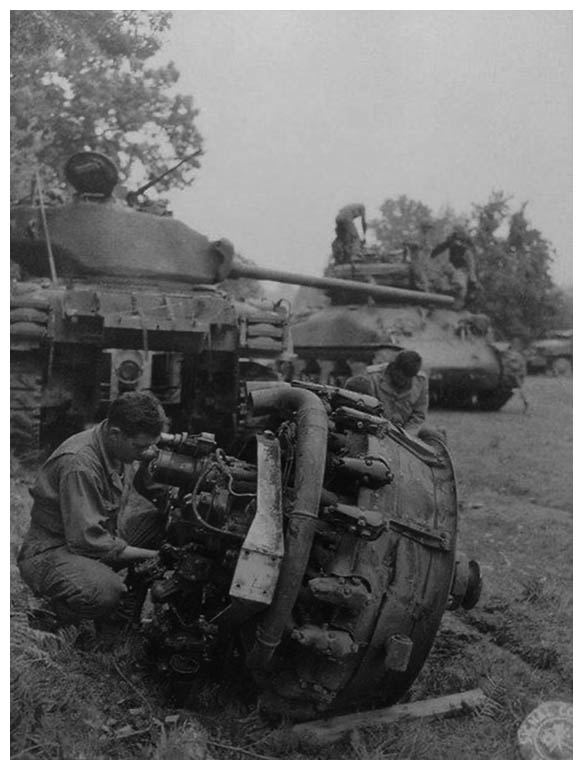
Not an aircraft but has a radial engine... Sherman tank with its radial engine removed.
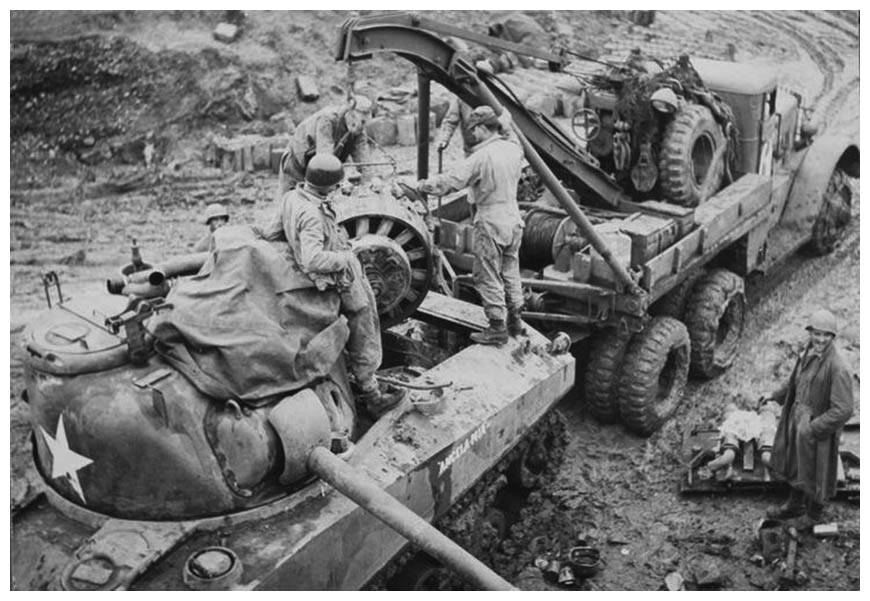
Another Sherman tank with its radial engine being removed.

WAVES aircraft mechanic working on a radial engine, circa mid-1945.
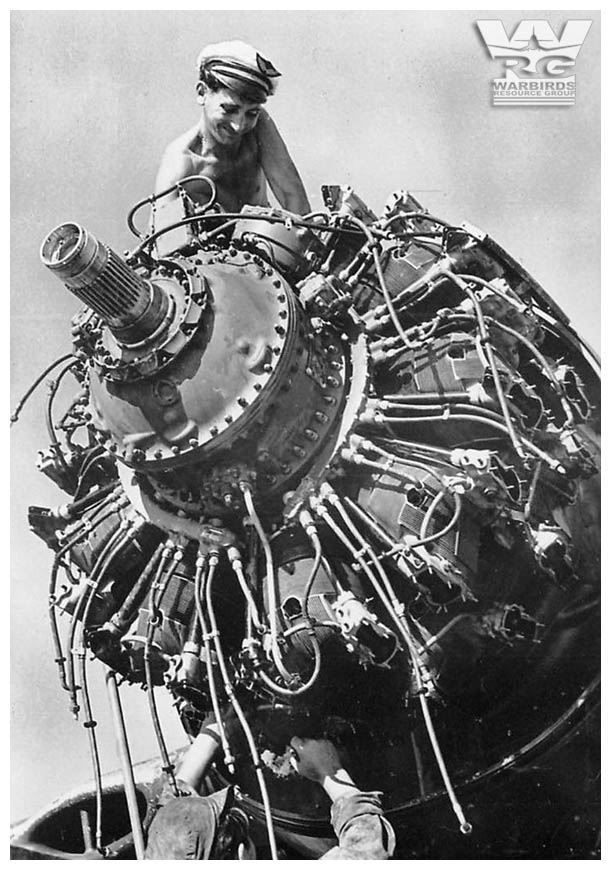
Mystery radial being serviced.
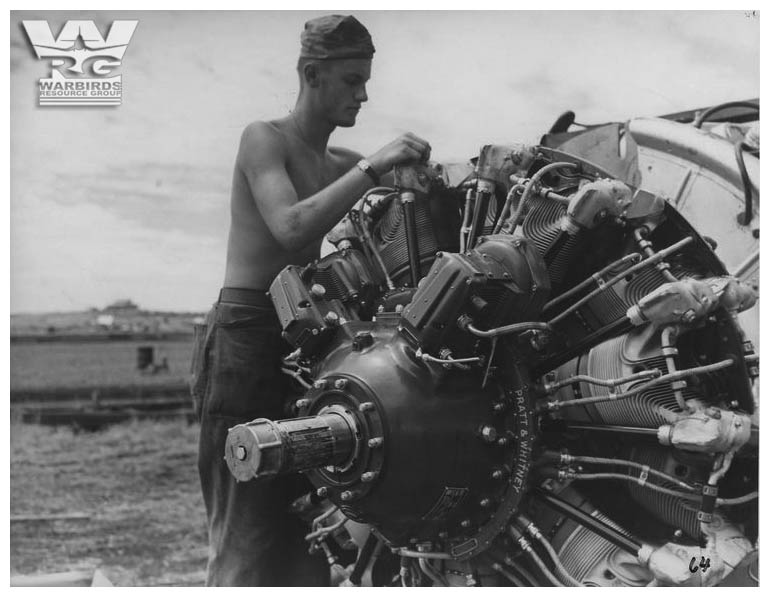
Marine mechanic working ona radial engine, Guadalcanal, November 1942. (Source: U.S.M.C Photo)
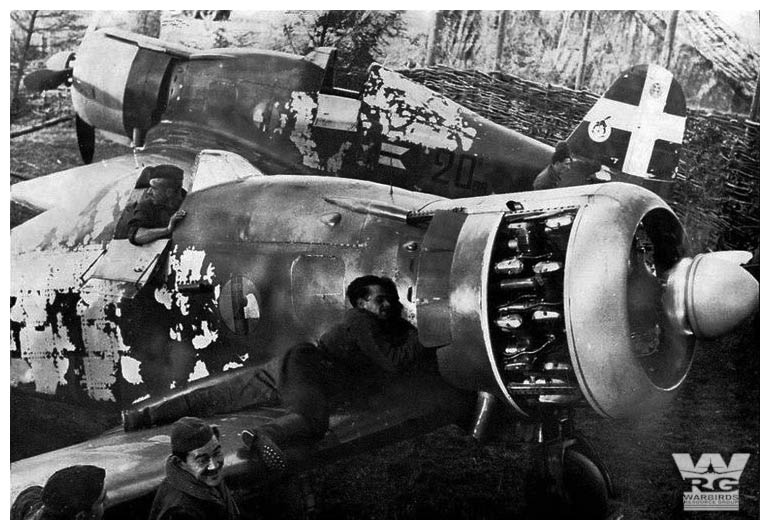
Italian Air Force Fiat G50 being serviced.
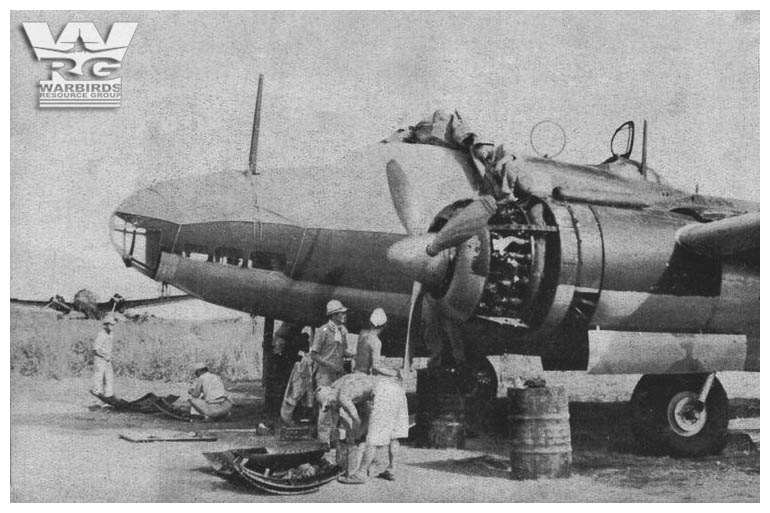
Mistsubishi G4M "Betty" being serviced.
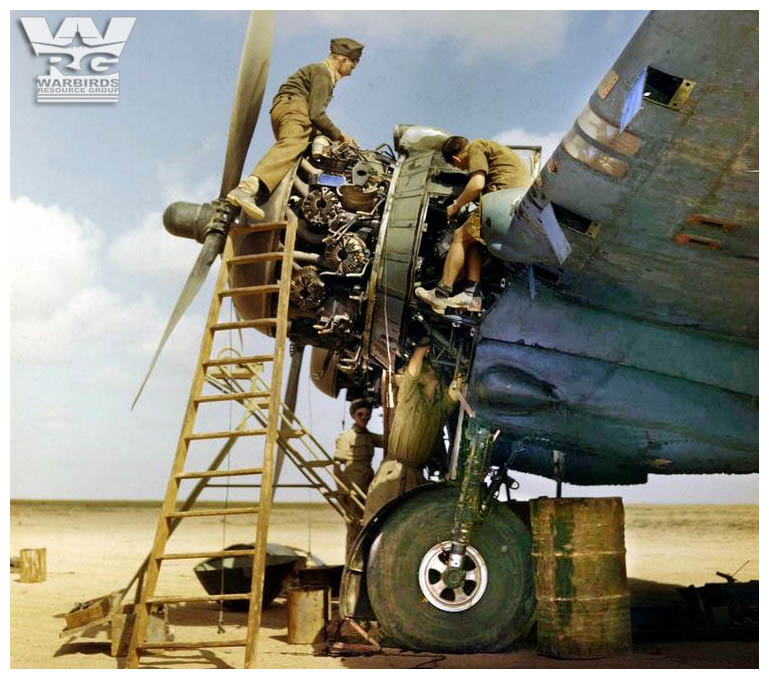
Royal Air Force Beaufighter having it's engine's serviced at Magun, Libya, 1943.
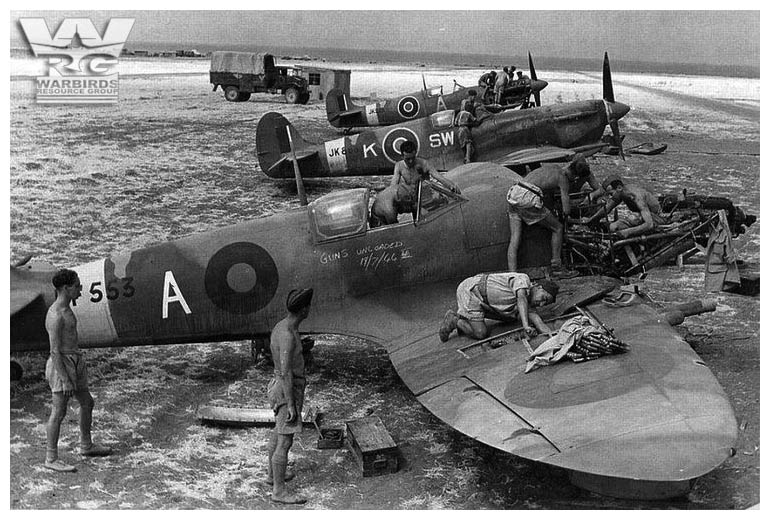
Spitfire undergoing engine change.
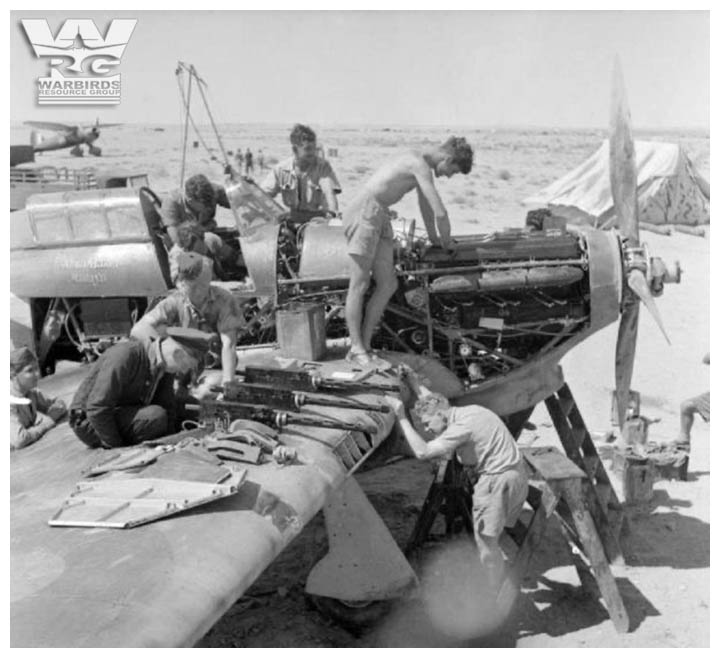
Hawker Hurricane having it's engine and guns being serviced.

P-39D Airacobra "Shrimp" being serviced at Townsville, Australia, 1943. (Source: U.S.A.F. photo)

Spitfire undergoing engine change.
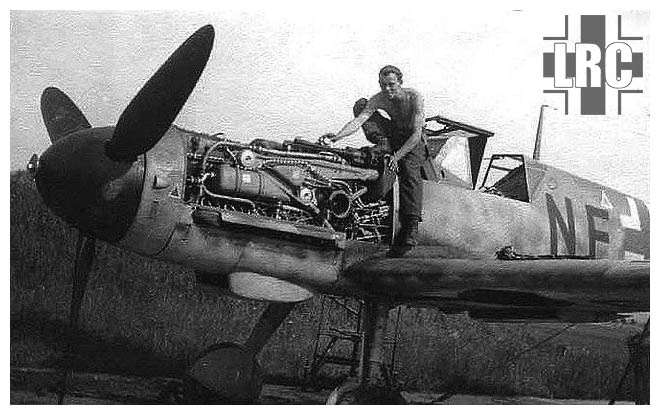
Messerschmitt Bf 109G-6 being serviced.

B-29 Superfortress undergoing engine maintenance

B-29 Superfortress undergoing engine maintenance

B-17 Flying Fortress undergoing engine maintenance.

Aircraftsman Jim Berkett and Leading Aircraftman Wally Passmore working on a Spitfire's Merlin engine.

P-40 Warhawks being service at Amchitka, Al;eutioan Islands, October 12, 1943. (Source: U.S.A.F. Photo)

Messerscmitt Bf 109s having there powerplants serviced.

P-47 Thunderbolt with it's powerplant being serviced.

Not an aircraft but has a radial engine... Sherman tank with its radial engine removed.

Another Sherman tank with its radial engine being removed.

WAVES aircraft mechanic working on a radial engine, circa mid-1945.

Mystery radial being serviced.

Marine mechanic working ona radial engine, Guadalcanal, November 1942. (Source: U.S.M.C Photo)

Italian Air Force Fiat G50 being serviced.

Mistsubishi G4M "Betty" being serviced.

Royal Air Force Beaufighter having it's engine's serviced at Magun, Libya, 1943.

Spitfire undergoing engine change.

Hawker Hurricane having it's engine and guns being serviced.

P-39D Airacobra "Shrimp" being serviced at Townsville, Australia, 1943. (Source: U.S.A.F. photo)

Spitfire undergoing engine change.

Messerschmitt Bf 109G-6 being serviced.
Re: Taking care of what makes it go
Sun Mar 08, 2020 10:59 pm
Belgian Tervurn puppy with pilot - Belgian December 1944
Re: Taking care of what makes it go
Mon Mar 09, 2020 9:40 am
These days it isn't uncommon to replace heads and banks on inline engines and cylinder assemblies on radials to return them to service. Seems like during wartime they generally just changed the engines.
In WW2 military service, how deep did they generally go into the engine to perform repairs? What were the guidelines for intermediate and organizational maintenance?
In WW2 military service, how deep did they generally go into the engine to perform repairs? What were the guidelines for intermediate and organizational maintenance?
Re: Taking care of what makes it go
Mon Mar 09, 2020 6:38 pm
What was the count of ground bugs to pilot?
Ruff question I know.
So let's say a fighter squadron.
What was the ration of:
- Operational AC
- Active pilots
- Active mechanics on duty
Sincerely not knowing the answer.
Cheers
Great pics...tks for sharing.
Ruff question I know.
So let's say a fighter squadron.
What was the ration of:
- Operational AC
- Active pilots
- Active mechanics on duty
Sincerely not knowing the answer.
Cheers
Great pics...tks for sharing.
Re: Taking care of what makes it go
Mon Mar 09, 2020 6:58 pm
More than likely, it was easier to just swap a new engine on....the old engine likely would have gone back to a depot to be rebuilt....unless it was considered too damaged, in which case it went to a dump...
Not sure what the determining point was....
Not sure what the determining point was....
Re: Taking care of what makes it go
Tue Mar 10, 2020 9:00 am
A rough estimate of ground crew members to flight crew was 8-10 to 1. Depending on location and organization of course. That includes mechanics, armorers, supply, communications, meteorology and all of the rest of support.
It is easier and quicker to swap engines in the field and send them back to a specialized depot for overhaul. Again, this depends on location. In Papua NG, it would be more likely to see heavy repair in the field, in England, bomber engines were more likely to be swapped than that even diagnosed on the field. The infrastructure was in place, and the need for availability was high.
This is not even unusual today in flight schools and any other GA fleet. That's my day job.
It is easier and quicker to swap engines in the field and send them back to a specialized depot for overhaul. Again, this depends on location. In Papua NG, it would be more likely to see heavy repair in the field, in England, bomber engines were more likely to be swapped than that even diagnosed on the field. The infrastructure was in place, and the need for availability was high.
This is not even unusual today in flight schools and any other GA fleet. That's my day job.
Re: Taking care of what makes it go
Tue Mar 10, 2020 10:24 am
For those interested - the 15th AF stats on engine change times
Re: Taking care of what makes it go
Tue Mar 10, 2020 10:40 am
Those charts are very interesting! I did not know engine changes occurred with such frequency.
Re: Taking care of what makes it go
Tue Mar 10, 2020 10:53 am
wolf wrote:For those interested - the 15th AF stats on engine change times
Great info! I'm sure the fighter engines were run a lot harder than the bombers too.
Re: Taking care of what makes it go
Tue Mar 10, 2020 6:50 pm
for those interested in number of Mechanics / staff vs flight crews (T/O = Tech order) (ACT=Actual)- 15th AF stats December 1943 might help
Re: Taking care of what makes it go
Wed Mar 11, 2020 5:37 pm
Great info!
Tks shrike for the answer.
Tks shrike for the answer.